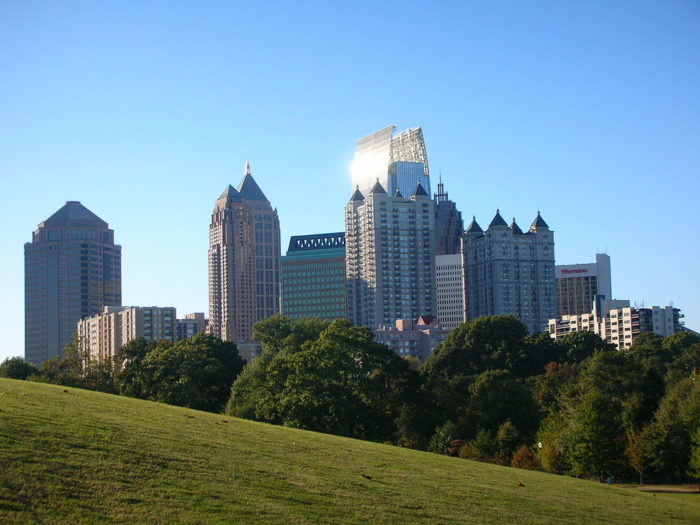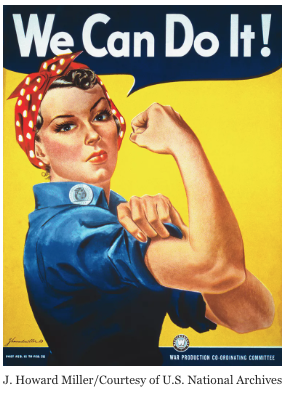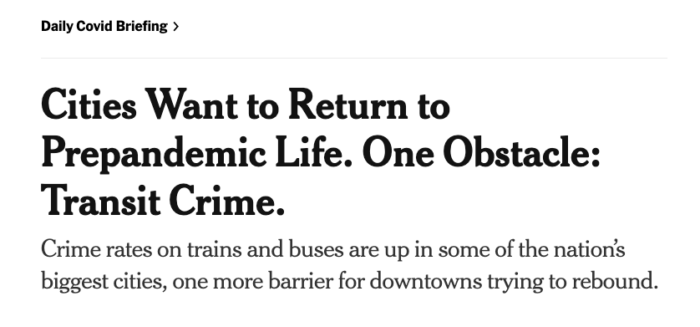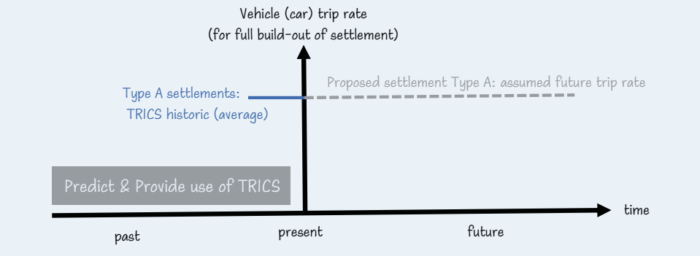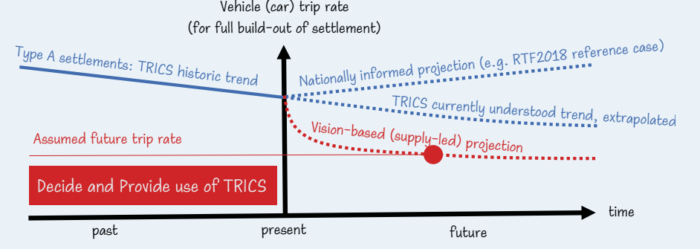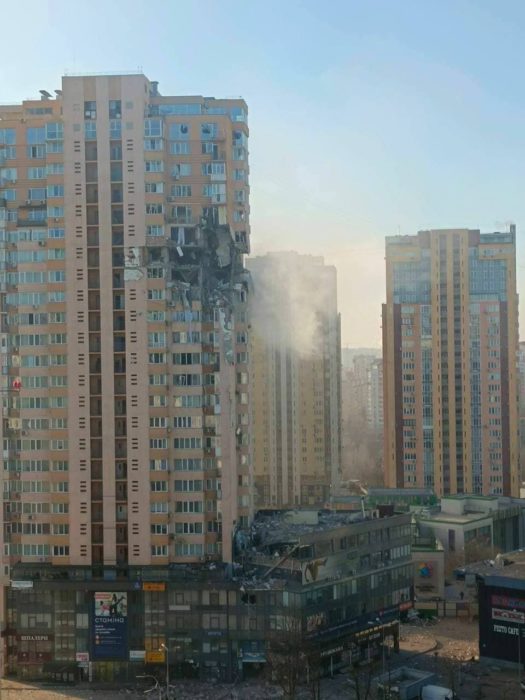My job as a public transit planner requires a lot of public engagement, as it should. In the projects we do for transit agency clients, mostly around bus network redesign, the task of seeking public feedback is at least one third of the project budget. But public outreach can be a frustrating and anti-democratic process, especially when it happens in public meetings. Aaron Gordon’s excellent piece in Vice explores what’s wrong with this grand civic ritual.
The problem with community feedback is not the concept itself, but the way it is executed. We do it too often, for too many things, for too long, and in the wrong manner. We ask the wrong questions of the wrong people and use the answers in the wrong way. Professionals and politicians have so far been afraid to admit there is a problem outside of private conversations, because it can seem anti-democratic and even anti-American to appear opposed to the town hall ethos of local control.
His article is mostly about urban development debates, dipping into transit now and then. As a transit planner, I can confirm a lot of his insights:
- People who come to public meetings are very unrepresentative of the population, so if the government simply obeys them, that is not democracy.
- While we have plenty of regulations telling us to have public meetings, but not explaining why. What questions are we supposed to be asking? What are we supposed to do with the answers? What is the correct relationship between public opinion and professional expertise?
- We don’t have a definition of success. Anyone who disagrees with your recommendation will say you didn’t do enough outreach. How much is enough?
But Gordon makes one observation that doesn’t translate to transit well. In debates about what to build in a city, the classic meeting-dominating character, captured in this immortal McSweeney’s satire, is older, whiter, and more prosperous than the general population.
In my experience, this is true of debates about transit infrastructure, but not in debates about transit service. When we are working on a redesign of a bus network, and the plan doesn’t have an obvious infrastructure impact, the vast majority of fortunate people just don’t care. No matter how profoundly we are transforming access to opportunity in a city, most fortunate people, including most elected officials, only care if we propose to build something. (I can’t begin to express how frustrating this is.)
So the public meeting on a transit network redesign tends to be dominated by current users of the bus service. These folks are not whiter or wealthier than the general population. Many depend on the bus service. Now they have been told that their bus route may change, sometimes by people spreading incomplete information. They’re used to their route as it is, so they assume any change is bad. So they make the considerable sacrifices needed to go to a public meeting and speak up. And like many people with their backs against the wall, they often scream.
I don’t blame them. If I were in their shoes, and had been told what some of them had been told, I would do the same. But this makes it hard to work through things with them, to explain, for example, why the trip they make is still possible, and maybe even better, even if it’s changed in some way. Transit planners do this hard work all the time, customer by customer. And still they get a lot of abuse, which sometimes causes good ones to leave the profession.
Gordon doesn’t mention the most fundamental bias built into the entire public outreach process. It takes a lot of time.
Time-consuming outreach processes are biased against people who are busy. If you wonder why your bus is so slow, it may be because the people who are in a hurry, and would benefit from it being fast, don’t have time to go to public meetings. They’re too busy.
So people who come to public meetings on transit tend to be in one of three categories:
- People who have spare time in their day, mostly retired or unemployed people. This is why, although people who comment on bus network changes aren’t necessarily whiter and wealthier than average, they do tend to be older on average.
- People who are being paid to be there. These are spokespeople for powerful interests. There aren’t usually many of these, but they can be very assertive.
- People who feel so threatened that they have taken the time even though they don’t have much time, like the folks I’ve described above.
These people are important, but the majority of potential transit riders are not in any of these groups. The majority of riders have jobs, families, and other complex commitments. If they find a couple of spare hours in their day, you can’t blame them for watching a movie instead of going to a public meeting.
So in our practice, we put as much emphasis as we can on web-based feedback systems that use people’s time more effectively, supplemented by in-person outreach that focuses on populations at risk from exclusion by this method. (To reach those populations, we go to them where the are: interviewing them on the transit system for example.) We also do stakeholder workshops and focus groups, where smaller invited groups of people, selected to be representative, have the opportunity to talk more deeply with the planners, so that they can better understand the consequences of their choices. To avoid the hassle of travel we encourage virtual meetings and not just physical ones.
But the most important issue is: What question are we asking the public?
We hate asking: “Here’s what we’re thinking of doing. What do you think?” That question polarizes people, supporters vs opponents, in ways that make it hard for them to learn or think. Instead, we ask: “What are your priorities?” “If we could have more of this or more of that, which would you prefer?” When we do go to the public with a single map, we don’t just ask “What do you think?” We ask: “Notice the priorities being expressed here; do we have them right?” This recent work in Portland is a good example.
This approach also expresses a coherent division of labor between expertise and community input. We want a community to tell us what they want us to do — what goals they want us to achieve, and with what priorities among those goals. With that input, we can draw a plan and show how it expresses those priorities.
Do enough people engage with these policy questions? No. Does everyone like the resulting plan? Of course not. Are there still angry public discussions? Of course there are. But usually, when we do it this way, a critical mass of decision-makers remembers the conversation we had, and they see that the plan expresses what was decided then. So usually, with some changes, some kind of plan moves forward to implementation.
Do you see a better way?

